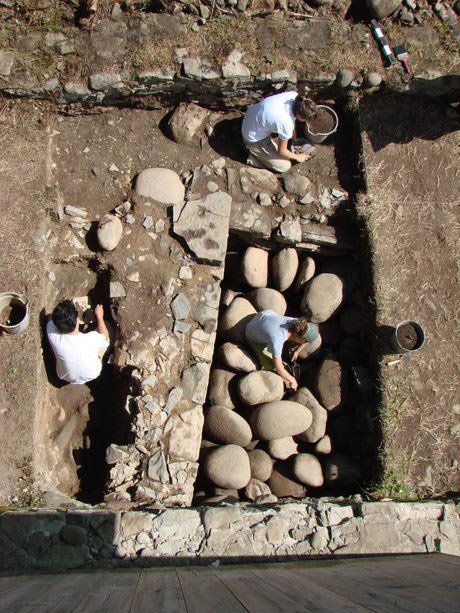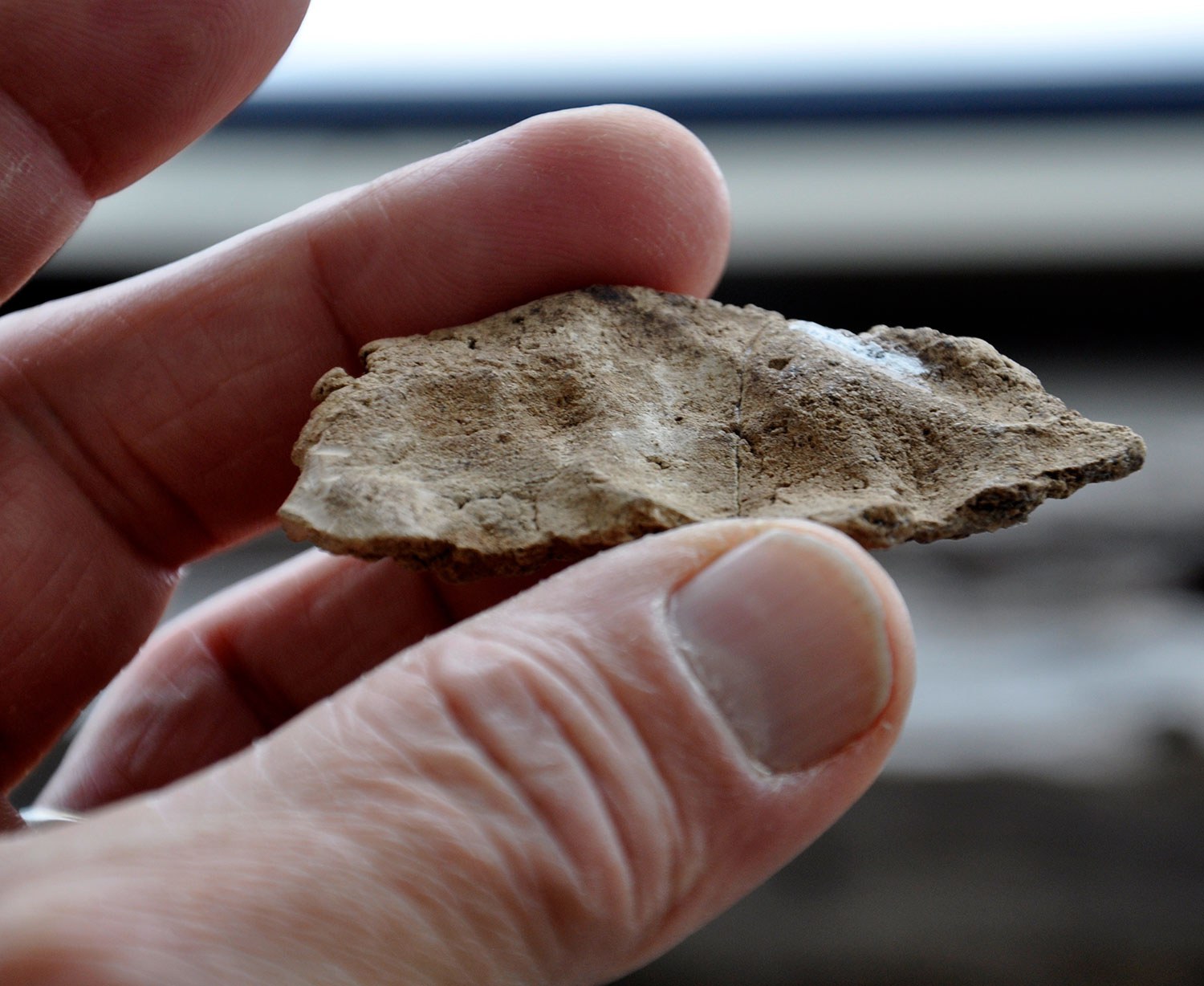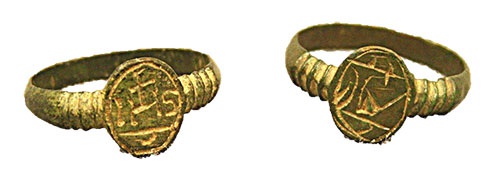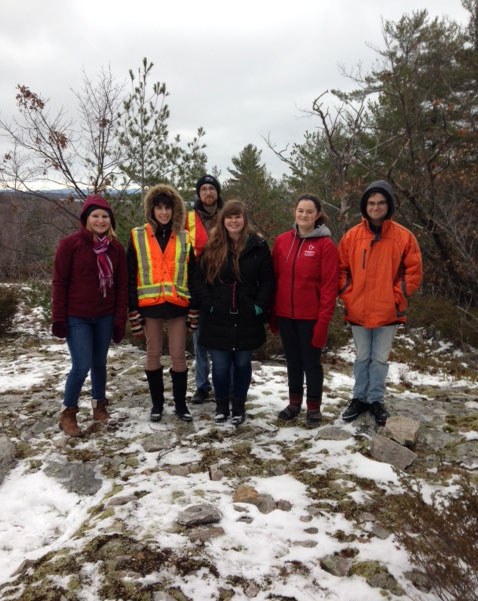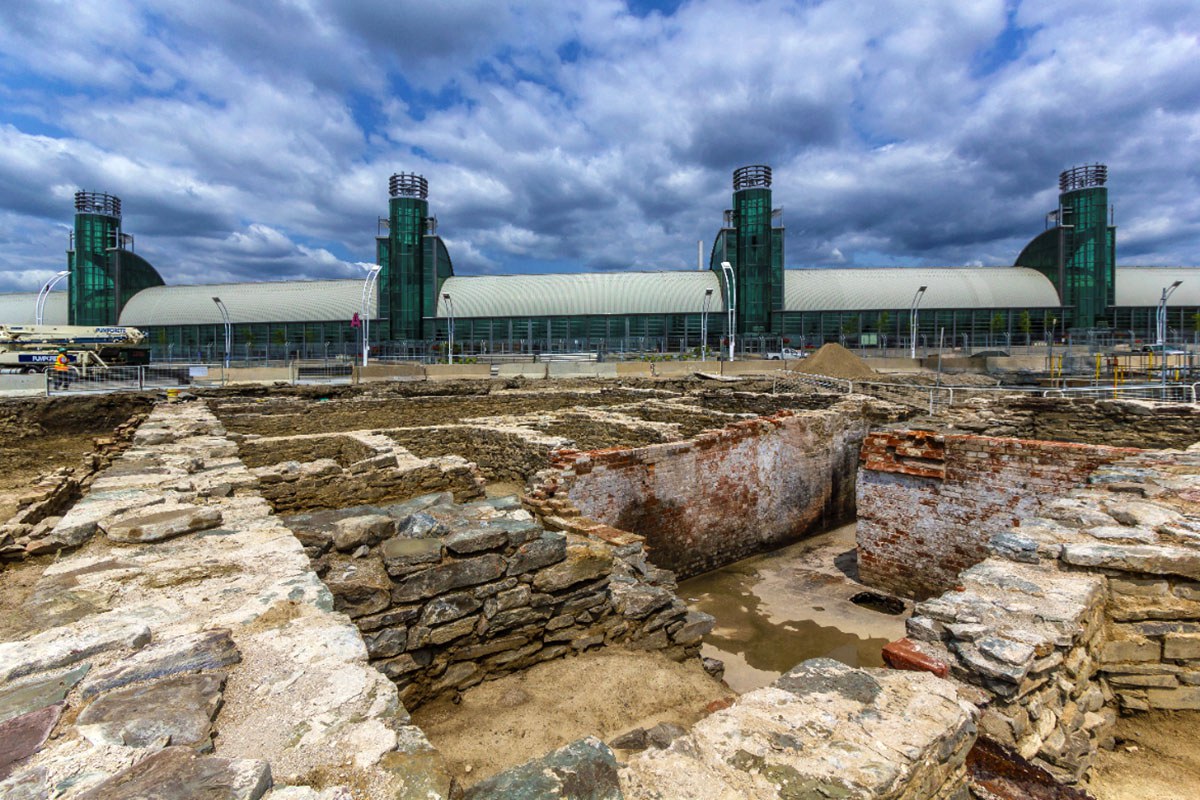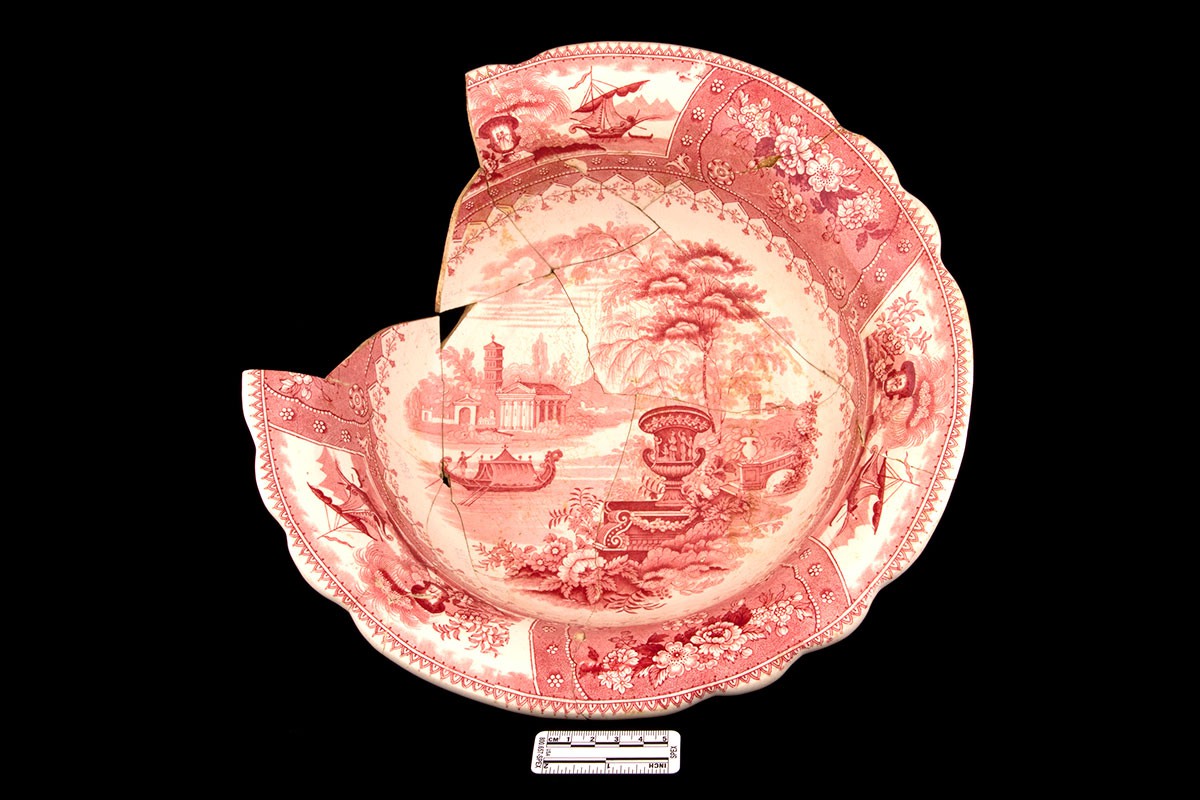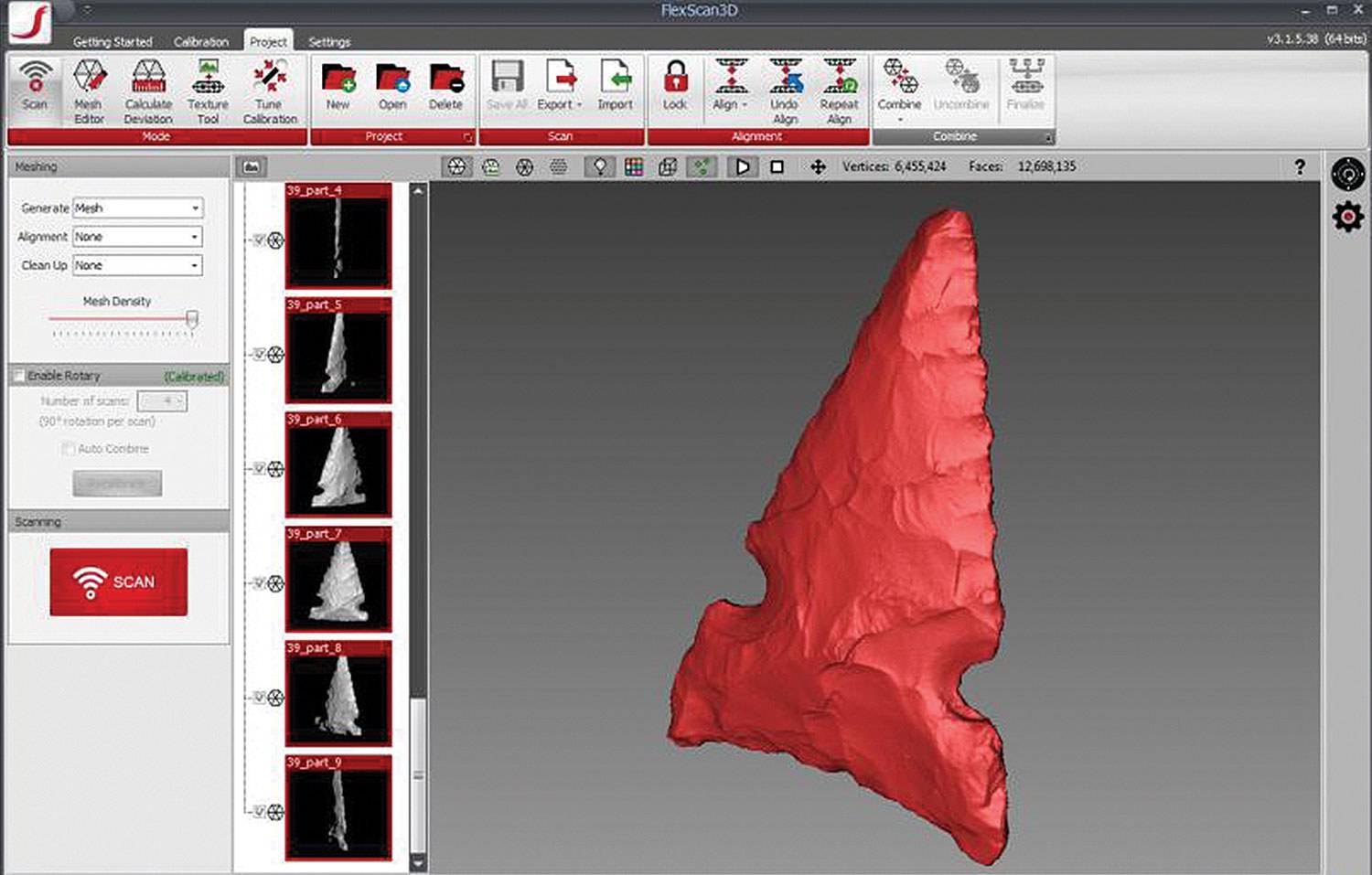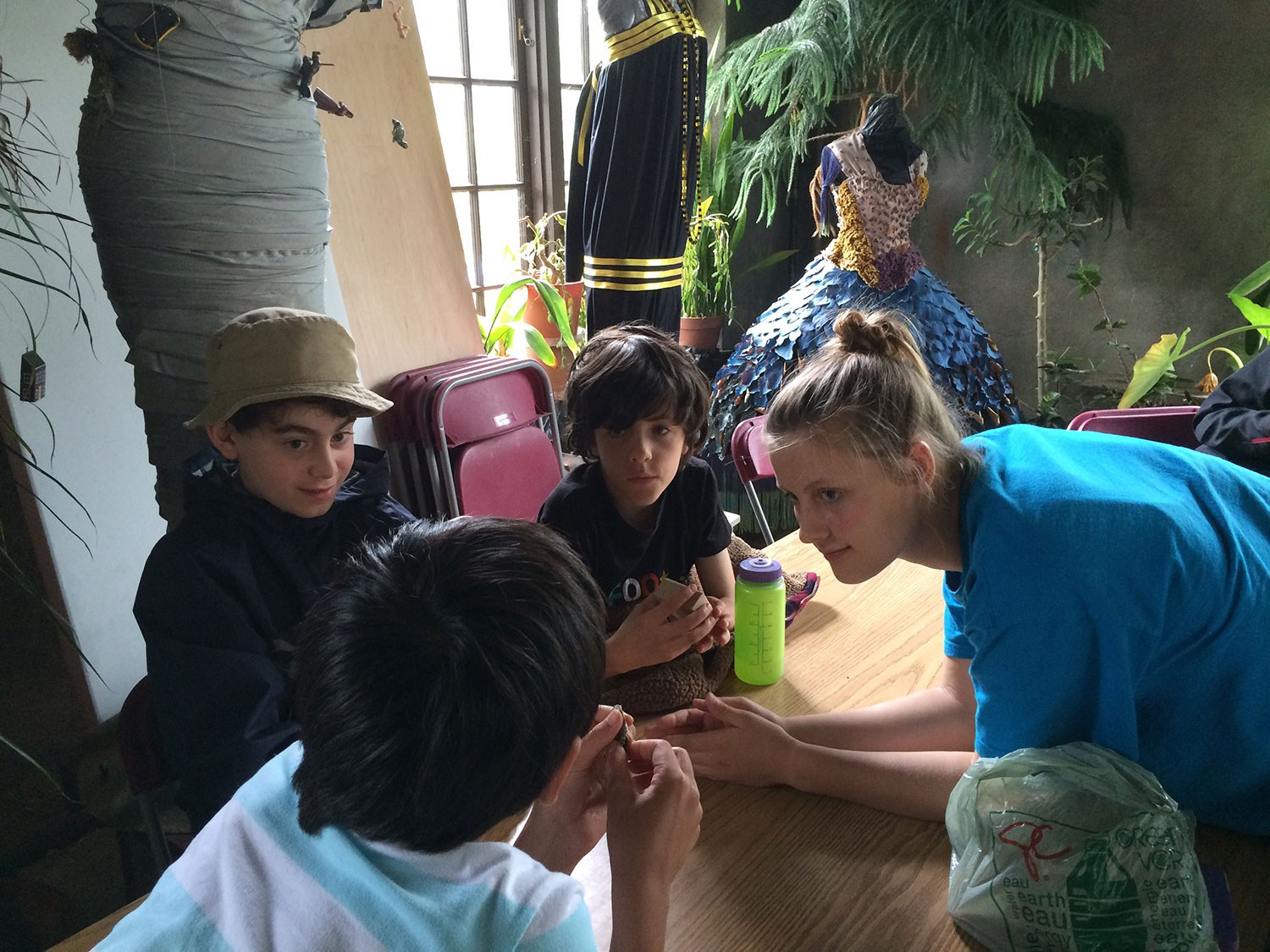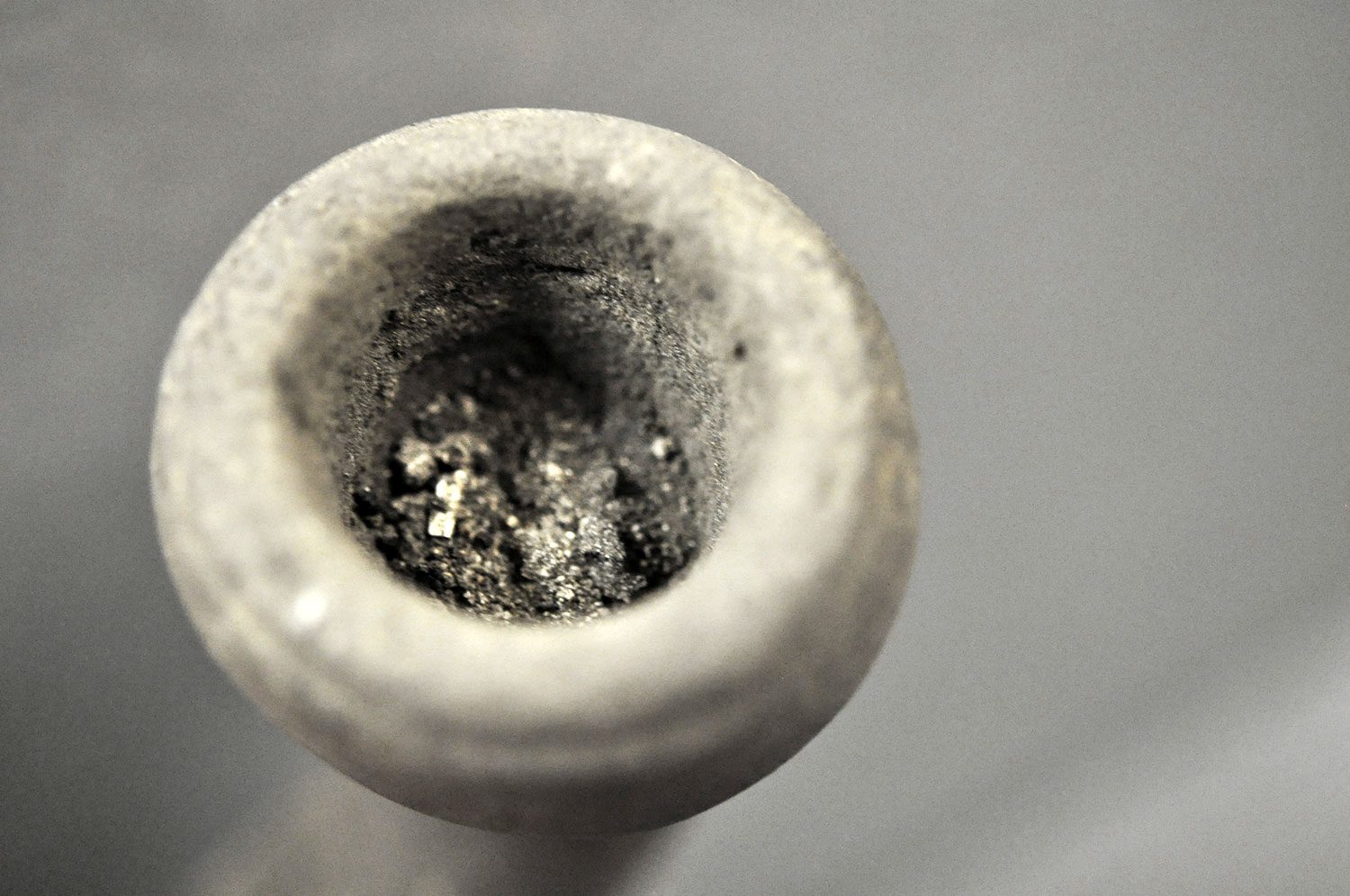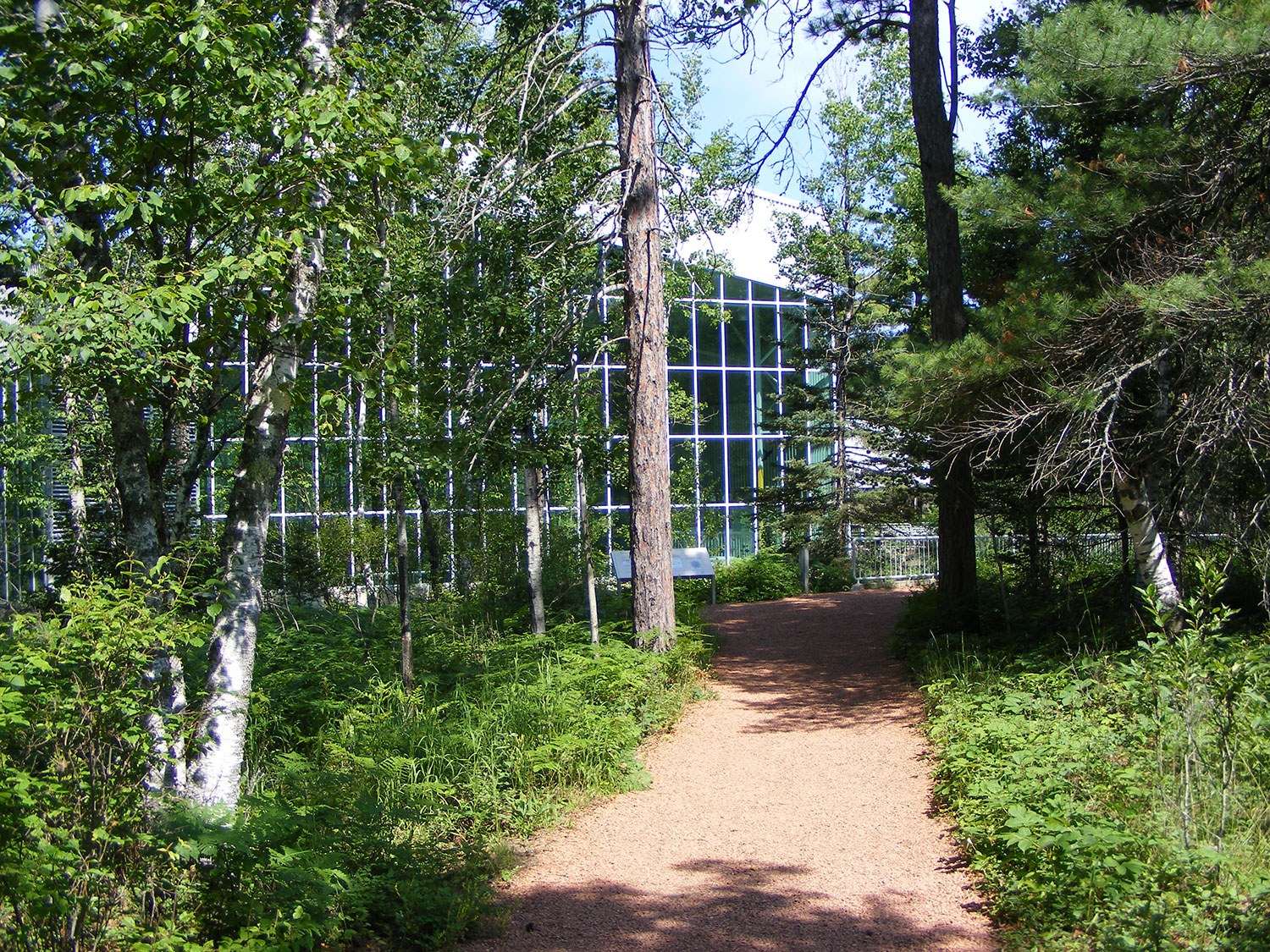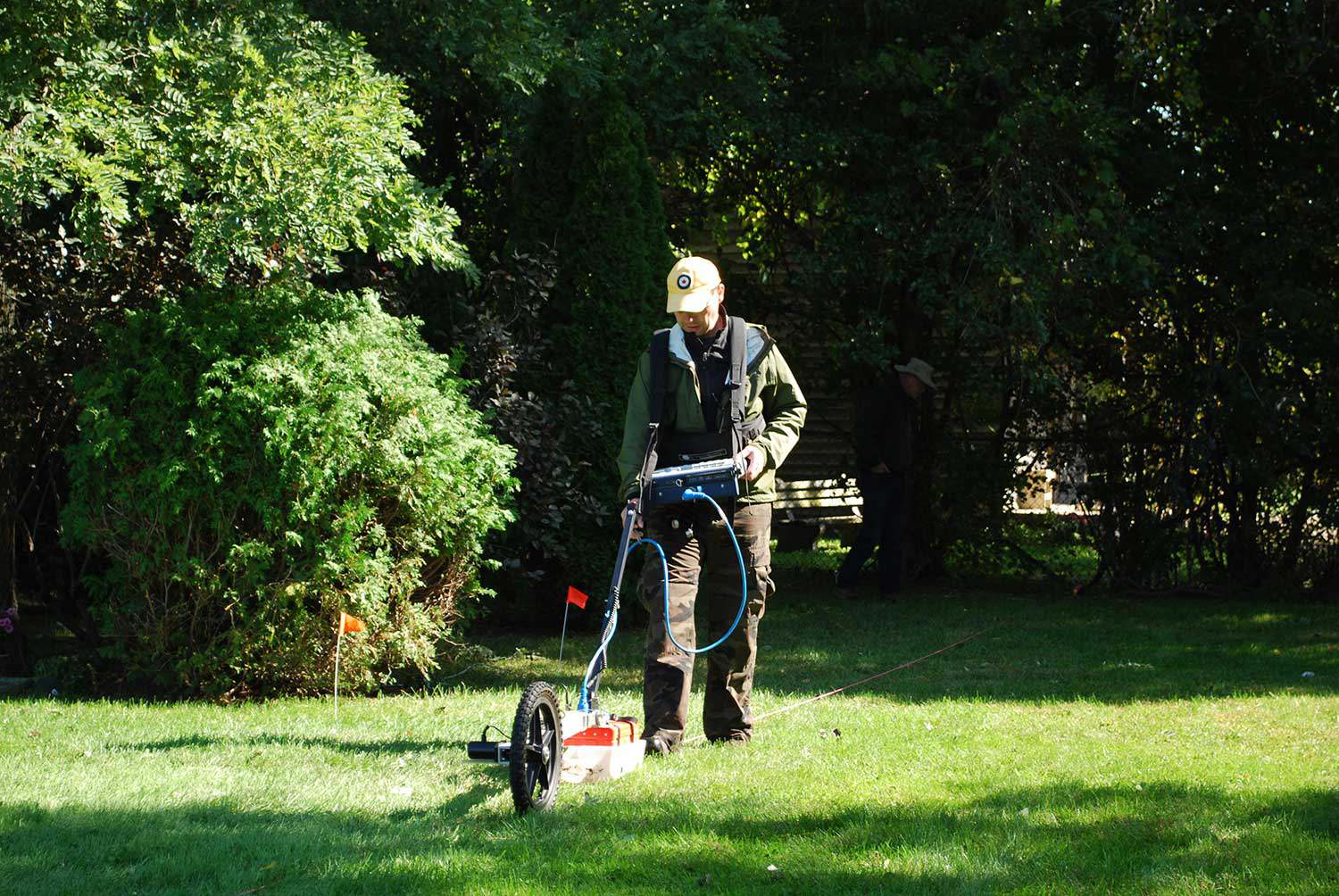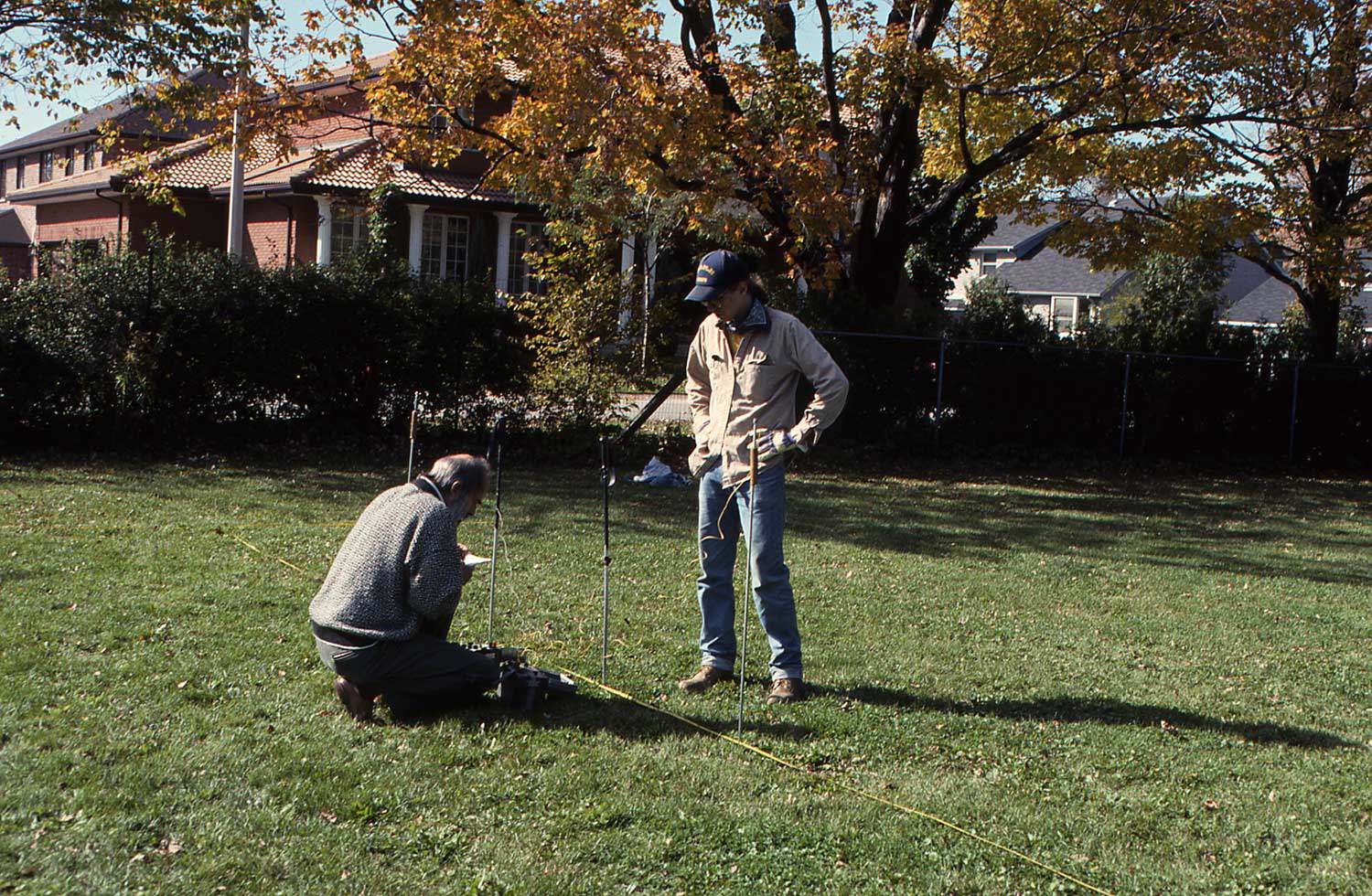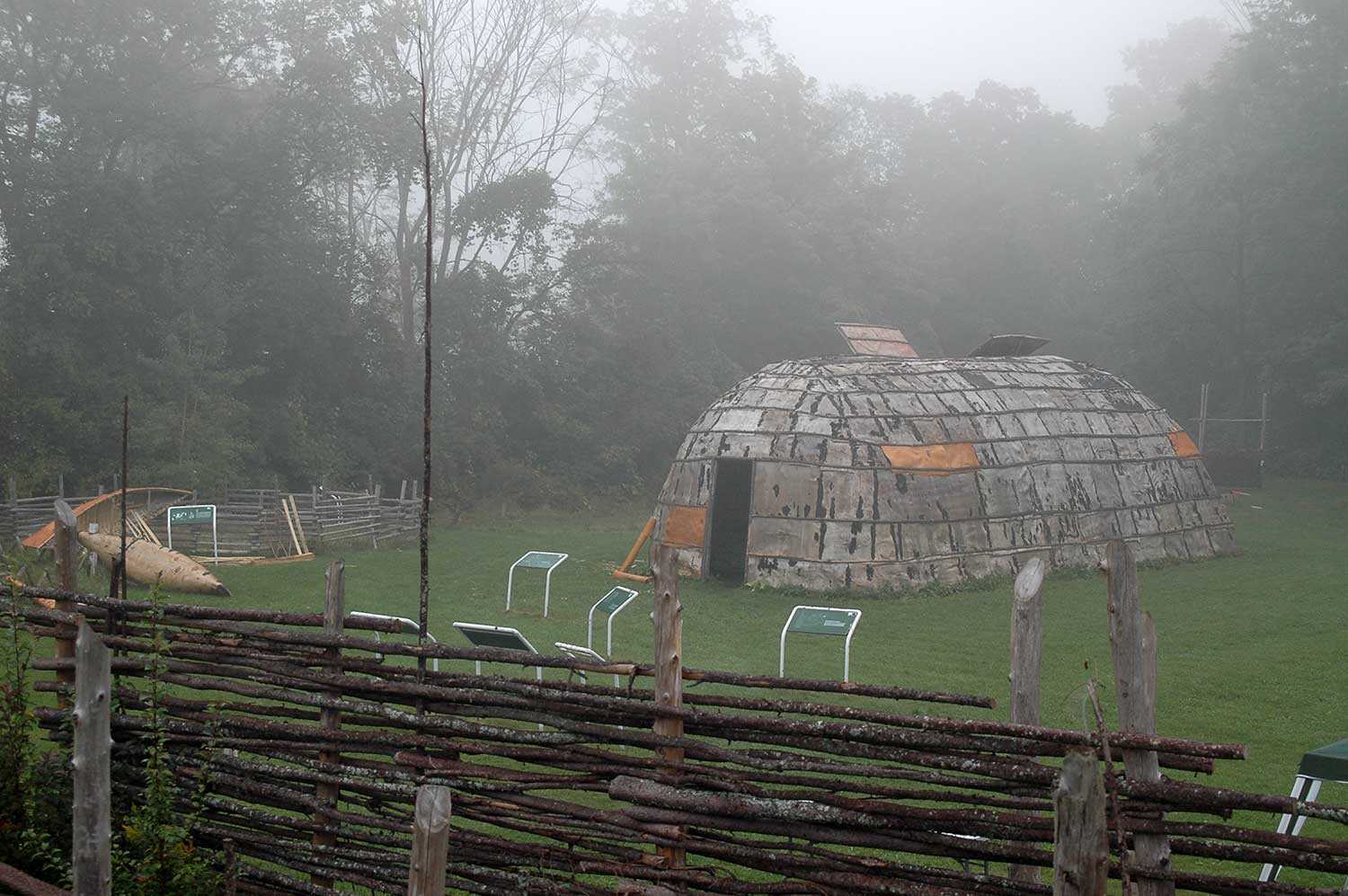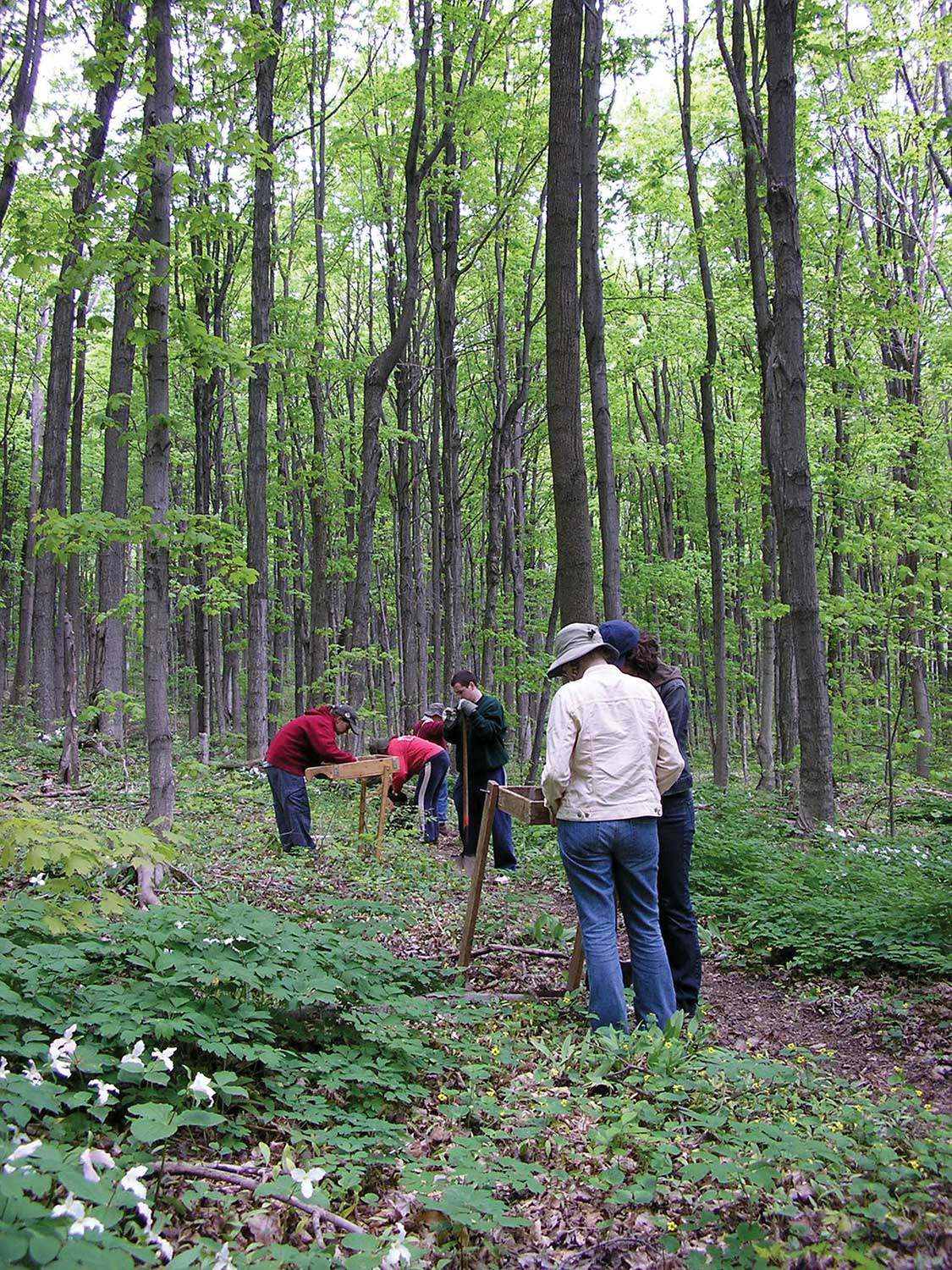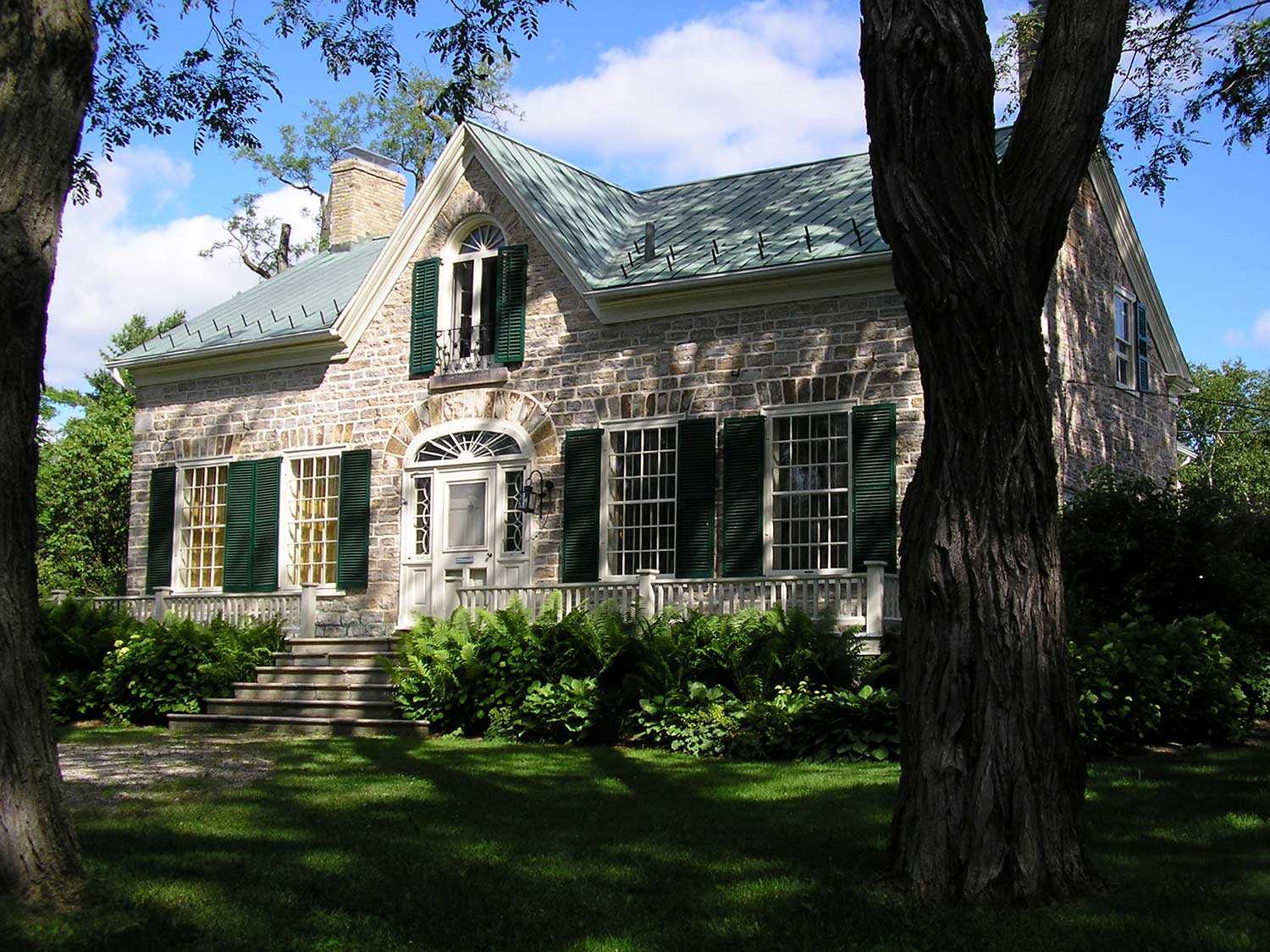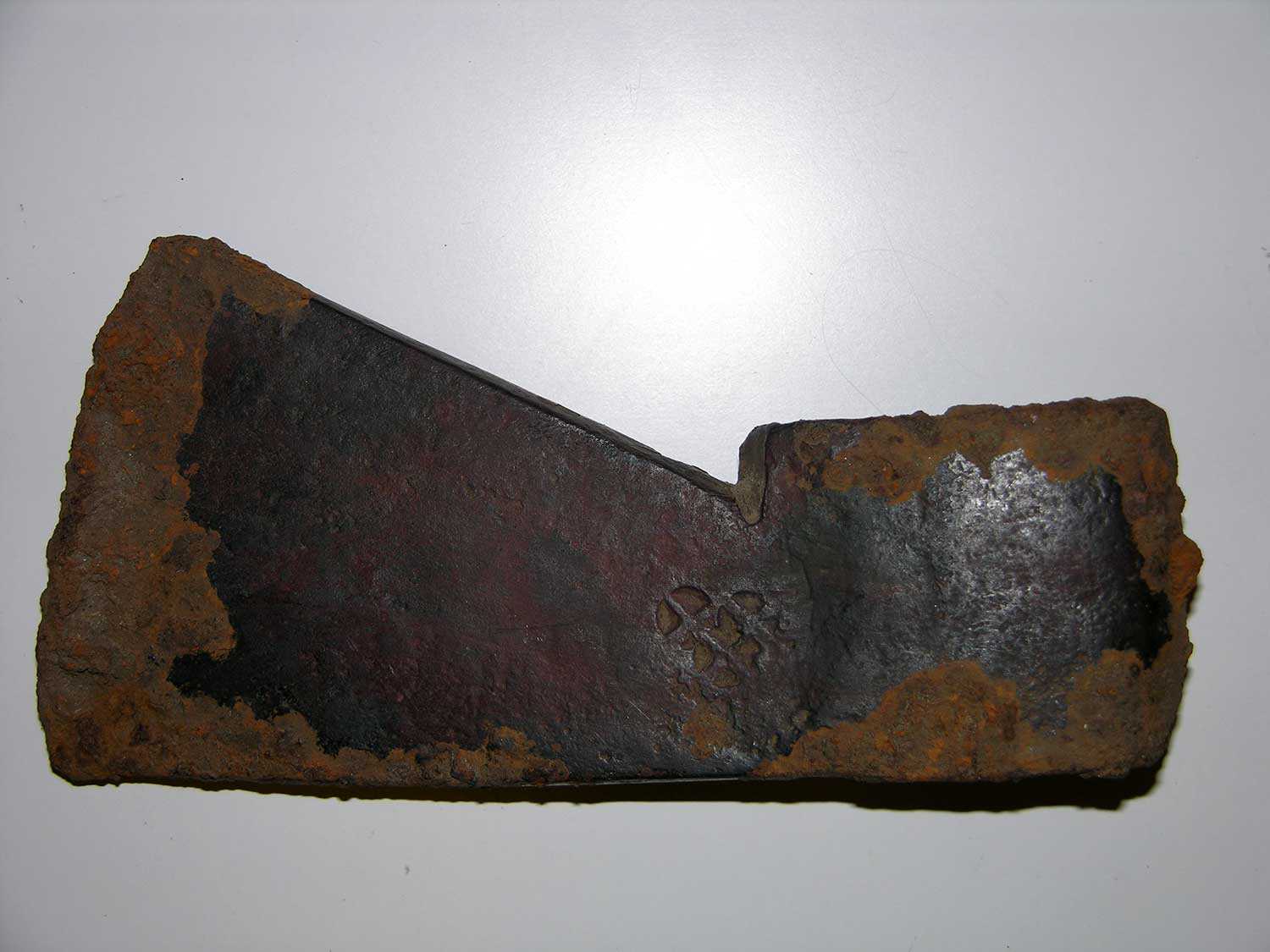

Browse by category
- Adaptive reuse
- Archaeology
- Arts and creativity
- Black heritage
- Buildings and architecture
- Communication
- Community
- Cultural landscapes
- Cultural objects
- Design
- Economics of heritage
- Environment
- Expanding the narrative
- Food
- Francophone heritage
- Indigenous heritage
- Intangible heritage
- Medical heritage
- Military heritage
- MyOntario
- Natural heritage
- Sport heritage
- Tools for conservation
- Women's heritage
By the numbers
Archaeology is an important part of the planning and development process in Ontario. Each year, thousands of archaeological assessments are completed by licensed archaeologists to ensure that our shared cultural heritage is preserved. These assessments are carried out in advance of construction projects, such as solar or wind farms, subdivisions and new roads. As a result, archaeologists have documented hundreds of archaeological sites. That information helps us fill in the gaps in our knowledge of the history of our province.
Reports on these assessments are filed with the ministry and are accessible to all Ontarians through the Ontario Public Register of Archaeological Reports.
Archaeological sites in the province range in size from a single artifact (such as a spear point or arrowhead) to early 19th-century industrial towns and large aboriginal villages that cover a few hectares. Archaeologists record and track sites through a national system; Ontario maintains the Archaeological Sites Database.
By the years
1953: first heritage legislation passed in Ontario: An Act for the Protection of Archaeological and Historic Sites
1975: Ontario Heritage Act comes into force, introducing many more heritage-related protections and procedures
1993: guidelines introduced for doing archaeological assessments for development
2005: Ontario Heritage Act revised to establish a public register of archaeological reports, making information about the archaeology of our province accessible to all Ontarians
2011: new standards and guidelines introduced for doing archaeology for the development industry
By the numbers
4: types of licences that can be issued to archaeologists in the province – avocational, applied research, professional and marine
17: average yearly number of marine licences issued to explore the waters of Ontario’s lakes, rivers and streams for marine heritage
467: individuals who are licensed to carry out archaeological fieldwork in the province
1,000: average yearly number of archaeological sites found as a result of archaeological fieldwork
2,500: average yearly number of archaeological projects carried out, including consulting archaeology for development and research
12,000: approximate number of years ago that the oldest archaeological sites in Ontario were formed
15,000+: number of reports filed in the Ontario Public Register of Archaeological Reports since it was introduced in April 2005
32,000+: number of archaeological sites listed in the ministry’s Archaeological Sites Database

